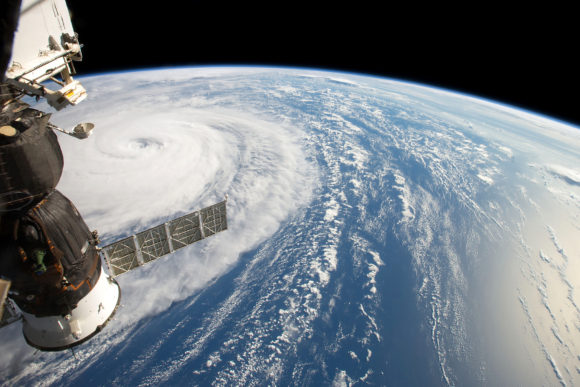The board of directors of Texas’ insurer of last resort for wind and hail for properties along the Texas coast has directed its staff to file a rate increase of 5% for both residential and commercial policies with the Texas Department of Insurance.
At a quarterly meeting on Dec. 8, the Texas Windstorm Insurance Association’s board directed staff to make the rate filing with the expectation that the change, if approved, would go into effect no earlier than April 1, 2021.
An independent study performed for the association by consulting firm Willis Towers Watson (WTW) this year found that TWIA’s rates are inadequate by 26% for residential coverage and 44% for commercial coverage.
TWIA has considered rate increases several times in the years following Hurricane Harvey, which devastated parts of the Texas coast in 2017.
The association suffered a setback in October 2018 when Gov. Greg Abbott put on hold TWIA’s filing for a 10% hike in both commercial and residential rates. The governor did so by suspending a section of the Insurance Code requiring that TWIA’s August rate filing be approved or disapproved by Oct. 15, 2018. Intending to give the state legislature in its 2019 session the opportunity to study and weigh in on TWIA’s funding issues, in a letter to then-Insurance Commissioner Ken Sullivan, Abbott effectively extended the approval or disapproval date for the filing until June 16, 2019.
Abbott said in the letter that an increase at that time would be unfair to Texas coastal residents who were continuing to recover from Hurricane Harvey. The proposed 2018 rate hike had been opposed by state lawmakers representing areas hard hit by the storm. It also was opposed by Texas’ Office of Public Insurance Council. The filing was ultimately withdrawn by the association.
In August 2019, TWIA filed for a 0% rate change but the board left open the possibility of a future hike and instructed the actuarial committee to come up with a recommendation. At its quarterly meeting on Dec. 19, 2019, the board deferred any action on rates despite the recommendation for a 5% rate increase by TWIA’s actuarial and underwriting committee. The board at that time instead voted to increase the assessment of member insurance companies by $90 million for losses from Hurricane Harvey. That assessment was in addition to the $282 million already assessed and was based on an update to TWIA’s ultimate loss estimate for Hurricane Harvey to $1.7 billion from the previous estimate of $1.61 billion.
Prior to an October 2019 publicly held meeting to consider a rate recommendation, TWIA’s actuarial and underwriting committee had received more than 400 written comments from stakeholders. The overwhelming majority of those written comments submitted by coastal business interests, legislators, insurance agents and TWIA policyholders were against any rate hike. In November 2019, however, the committee decided to recommend the 5% rate increase for both commercial and residential policyholders.
The board instead deferred any action on rates in its December 2019 quarterly meeting, and in August 2020, the association again filed a 0% rate change.
The private property/casualty insurance market has a stake in whether TWIA’s finances are up to the task of paying claims for future catastrophic events, and the private has long held that TWIA’s rates insufficient for the risk. According to the Insurance Council of Texas, private insurers write 52% of the wind and hail policies for Texas coastal properties. By law, most property insurers in Texas are required to be members of TWIA and share in a portion of the association’s losses.
TWIA’s annual rate filing, due by Aug. 15 each year, is subject in certain circumstances to review and approval by the insurance commissioner. The statute allows TWIA to make a rate filing with TDI at any time.
Related:
- TWIA Study Showing Rates Inadequate by 26% and 44% Sent to Board
- Texas Windstorm Insurer to Assess Members $90M for Harvey, Defer Action on Rates
- As Texas Windstorm Insurer Mulls Rates, Policyholders, Lawmakers Strongly Oppose Hikes
- Texas Governor Extends Time for Ruling on Windstorm Rate Increase Filing
Topics Catastrophe Carriers Natural Disasters Texas Commercial Lines Windstorm Business Insurance Pricing Trends
Was this article valuable?
Here are more articles you may enjoy.



 Progressive Gains as Drivers Shop Around for Auto Insurance—Again
Progressive Gains as Drivers Shop Around for Auto Insurance—Again  AIG General Insurance Chairman McElroy to Retire May 1
AIG General Insurance Chairman McElroy to Retire May 1  Why New York’s Attorney General Objects to Trump’s Bond Insurer
Why New York’s Attorney General Objects to Trump’s Bond Insurer  Investment Funds File New Suits Over Lighthouse Insurance Collapse in 2022
Investment Funds File New Suits Over Lighthouse Insurance Collapse in 2022 

